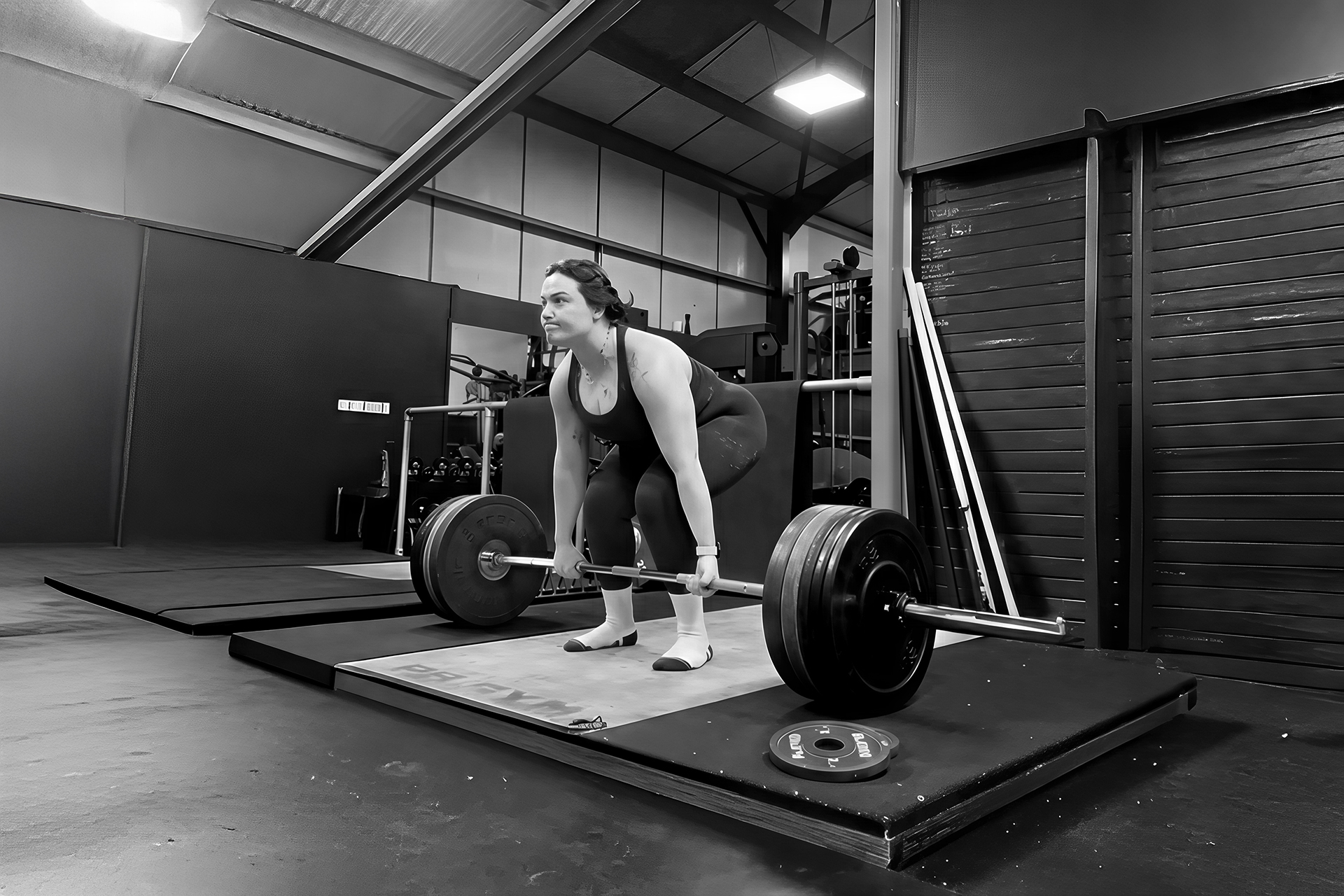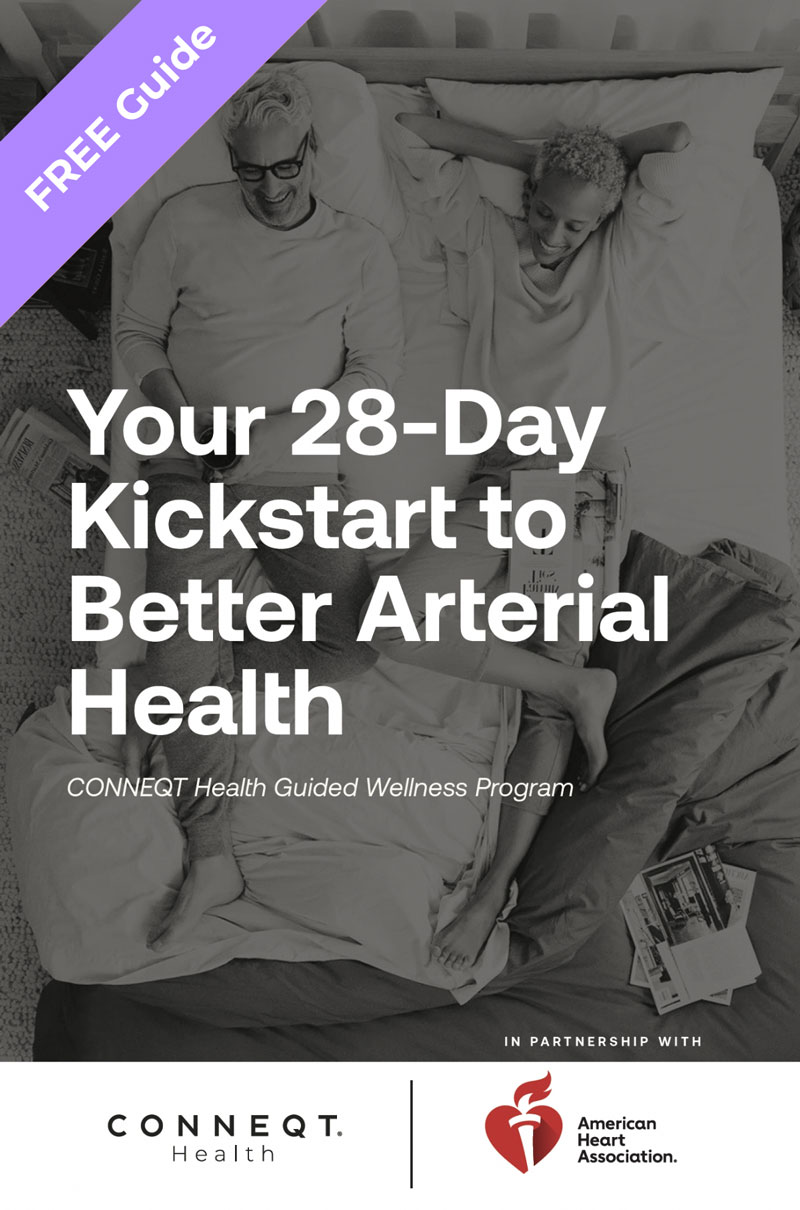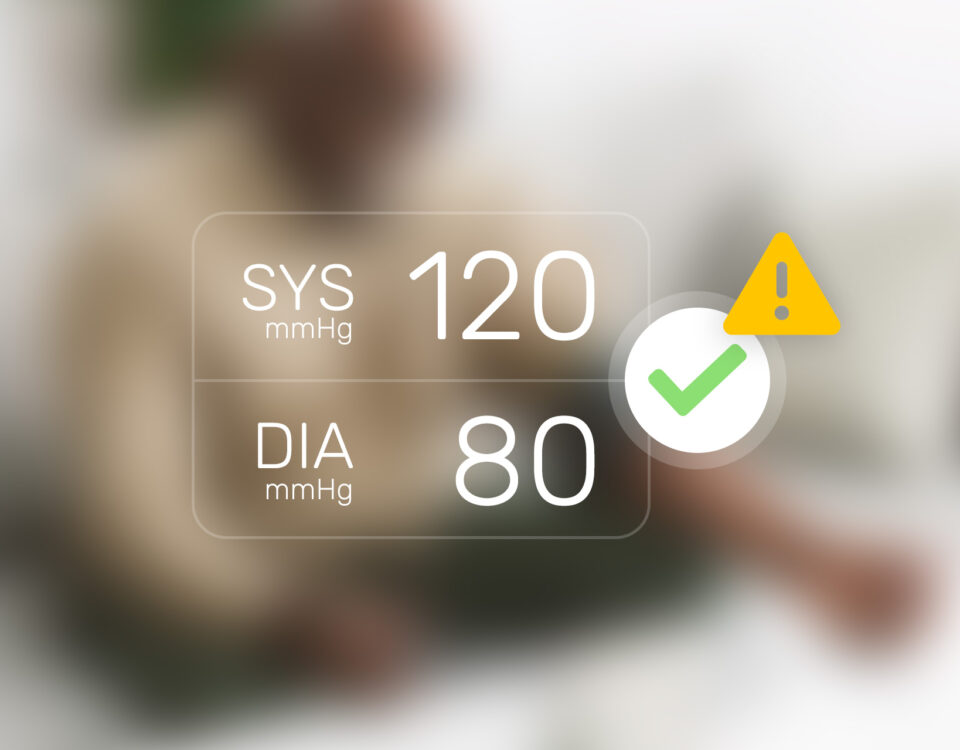Why Strength Training Is Essential for Women’s Cardiovascular Health
For years, women have been advised that dropping pounds is the best strategy to protect their hearts. However, recent science has uncovered a powerful truth: the key to cardiovascular health for middle-aged women isn’t necessarily losing weight, it’s becoming stronger.
In fact, research shows women who engage in regular strength training have significantly lower risks of heart disease and even a 30% lower risk of dying from cardiovascular causes compared to those who don’t lift, whereas men see only about an 11% reduction. Especially for women entering middle age and beyond, shifting the focus from losing fat to gaining muscle can transform cardiovascular health, metabolic function, and overall vitality.
And with tools like the CONNEQT Pulse, women can now track those changes more precisely—monitoring central blood pressure, arterial stiffness, and other critical cardiovascular metrics that reflect true progress. This shift isn’t just about building muscle—it’s about how strength training improves the inner workings of cardiovascular health, from lowering central blood pressure to reducing arterial stiffness.
Why Muscle Matters for Heart Health
Building muscle isn’t merely about looking toned; it’s crucial for arterial and cardiovascular health, particularly as women approach menopause. A recent study in Scientific Reports showed that women aged 16–58 with higher muscle mass experienced significantly lower arterial stiffness, independent of age and body fat. Flexible arteries reduce the risk of heart disease by easing the workload on the heart and lowering blood pressure.
Interestingly, the same research indicated that the cardiovascular benefits associated with aerobic fitness diminished significantly when age was considered. While aerobic exercise remains valuable, building muscle emerges as a more effective strategy to maintain arterial health through the hormonal shifts of midlife. Muscle strength also influences the elasticity of arterial walls, directly impacting blood pressure regulation and heart workload.
Muscle: Your Metabolic Ally
Beyond directly supporting arterial flexibility, muscle mass enhances your metabolism uniquely compared to dieting alone. Muscle is metabolically active tissue, meaning more muscle equates to higher calorie burning even at rest. This heightened resting metabolism helps women manage body weight naturally, counteracting gradual weight gain, particularly abdominal fat accumulation, typical in middle-aged women. Visceral belly fat specifically contributes to increased cardiovascular risk by promoting inflammation and negatively influencing cholesterol and insulin resistance.
Muscle-strengthening activities also set off a cascade of positive effects on holistic cardiovascular markers. Importantly, resistance training positively impacts multiple cardiovascular risk factors: it lowers LDL (bad cholesterol), increases HDL (good cholesterol), improves blood vessel function reducing blood pressure and insulin sensitivity, significantly reducing diabetes and heart disease risks, conditions women face heightened vulnerability to after menopause.
How Strength Training Reduces Arterial Stiffness and Central Blood Pressure
You might be thinking: Do I have to lift super heavy weights or hit the gym hard to get these benefits? Fortunately, research consistently shows that even moderate-intensity resistance training is highly effective and beneficial. Studies confirm moderate resistance exercises, such as using lighter weights or body-weight routines, significantly improve arterial stiffness, central blood pressure, and overall arterial health in middle-aged women.
In fact, moderate resistance training (about two to three sessions weekly) effectively reduces central aortic systolic and diastolic blood pressures by approximately 6–7 mmHg in middle-aged adults with elevated blood pressure comparable to the benefits of aerobic exercise. Such results highlight that you don’t need high-intensity workouts to boost your heart health; consistent, manageable sessions are key. Reducing central blood pressure directly decreases the heart’s workload, lowering overall cardiovascular strain.
Combined Aerobic and Resistance Training: The Optimal Approach
While strength training alone is beneficial, combining it with aerobic exercise maximizes cardiovascular and musculoskeletal health outcomes. A pivotal study involving sedentary postmenopausal women demonstrated that concurrent aerobic and resistance training significantly improved arterial stiffness, reduced resting blood pressures, and increased muscular strength more than resistance training alone. This dual approach is particularly valuable, as aerobic exercise directly improves vascular health, enhances endothelial function, and resistance training preserves muscle mass and functional strength, which collectively supports a healthier cardiovascular system.
Aim for at least two strength-training sessions per week, targeting major muscle groups with enjoyable movements like squats, lunges, or gentle dumbbell routines. These exercises also help maintain bone density, an essential consideration for women whose bone health declines as estrogen decreases during menopause.
Hormones, Muscle, and Heart Health
As estrogen declines during menopause, women experience physiological changes that can negatively impact both muscle and heart health—including reduced muscle mass, decreased bone density, increased arterial stiffness, and a heightened risk of cardiovascular disease. Regular strength training is a powerful countermeasure, helping preserve muscle, support bone health, and reduce cardiovascular risk factors like arterial stiffness and elevated blood pressure. Maintaining strength during this transition also helps prevent visceral fat accumulation, further protecting cardiovascular health and metabolic function.
Nutrition: Fueling Muscle and Heart Health
Proper nutrition is essential to support muscle growth and overall cardiovascular health. Many women, especially those over 40, underestimate their protein needs. Protein is vital for muscle repair and growth, especially when combined with regular resistance training. Aim to consume approximately 1.2–1.6 grams of protein per kilogram of body weight daily. Regular servings of lean proteins like fish, poultry, eggs, legumes, nuts, or dairy can help meet this goal. Pair these proteins with diverse, nutrient-rich vegetables, fruits, healthy fats, and whole grains to reduce inflammation, improve cholesterol profiles, and further support heart health. Additionally, staying well-hydrated and ensuring adequate vitamin D and calcium intake can further support bone health and muscle function.
Practical Recommendations for Heart-Healthy Muscle Building
Key points from current research that specifically enhance arterial and cardiovascular health include:
- Incorporate Resistance Training: Regular strength training supports arterial flexibility and lowers blood pressure.
- Combine Aerobic and Resistance Exercises: Aerobic activities enhance endothelial function and arterial elasticity, complementing resistance training benefits.
- Prioritize Heart-Healthy Exercises: Choose compound movements and flexibility exercises to maintain arterial flexibility.
- Manage Exercise Intensity: Moderate-intensity workouts effectively balance strength gains and arterial health.
- Maintain Adequate Protein Intake: Consistent protein consumption supports muscle repair and overall cardiovascular health.
- Prioritize Nutrient-Dense Foods: Emphasize foods rich in omega-3 fatty acids, antioxidants, and fiber to improve cardiovascular markers.
- Stay Hydrated: Hydration supports vascular function and heart health.
- Ensure Rest and Recovery: Adequate recovery maintains healthy cortisol levels and cardiovascular function.
- Regularly Monitor and Adjust: Continuously assess and adjust your health strategies based on cardiovascular indicators.
Embrace a Heart-Healthy Mindset
This journey is about empowering your body through strength, improving function, and enhancing cardiovascular health. Rather than fixating on weight loss, track progress through improved strength, better blood pressure readings, cholesterol levels, and increased ease of daily activities. Celebrating these “non-scale victories” fosters sustainable motivation and long-term health outcomes. Improved muscle strength contributes directly to better cardiovascular efficiency, easier daily functioning, enhanced mobility, and overall quality of life.
The Takeaway
When it comes to women’s heart health, strength truly equals health. Building muscle isn’t just about aesthetics, it’s a potent form of preventive medicine for your cardiovascular system. Regular strength training can significantly lower blood pressure, improve cholesterol levels, maintain youthful arteries, and boost metabolism simultaneously. The good news is, achieving these benefits doesn’t require extreme workouts or heavy lifting.
Consistent, moderate-intensity muscle work, combined with a nourishing diet and an overall active lifestyle, is enough to profoundly improve your cardiovascular well-being. So next time you think about heart health, remember that the answer isn’t to slim down—it’s to grow stronger, inside and out. Embrace that Pilates class, pick up those dumbbells, or try a fun new strength workout. Every bit of muscle you gain is an investment in your heart’s future. Shifting the emphasis from shrinking to strengthening fosters a more empowered, healthier, and vibrant life. Your heart will truly thank you for it!
The science clearly supports this empowering, strength-focused approach to wellness. Embracing regular, manageable strength-building activities and nutrient-rich dietary choices leads to lasting cardiovascular health and improved quality of life.
And with the CONNEQT app, you can see those changes taking shape—tracking trends in arterial flexibility and cardiovascular strain as your strength grows.
Women deserve an approach to wellness that’s empowering rather than restrictive. Focus on building strength, nourishing your body, and embracing healthy habits that feel good. Remember, becoming stronger—not just lighter—is the real path to lasting heart health and vitality.







